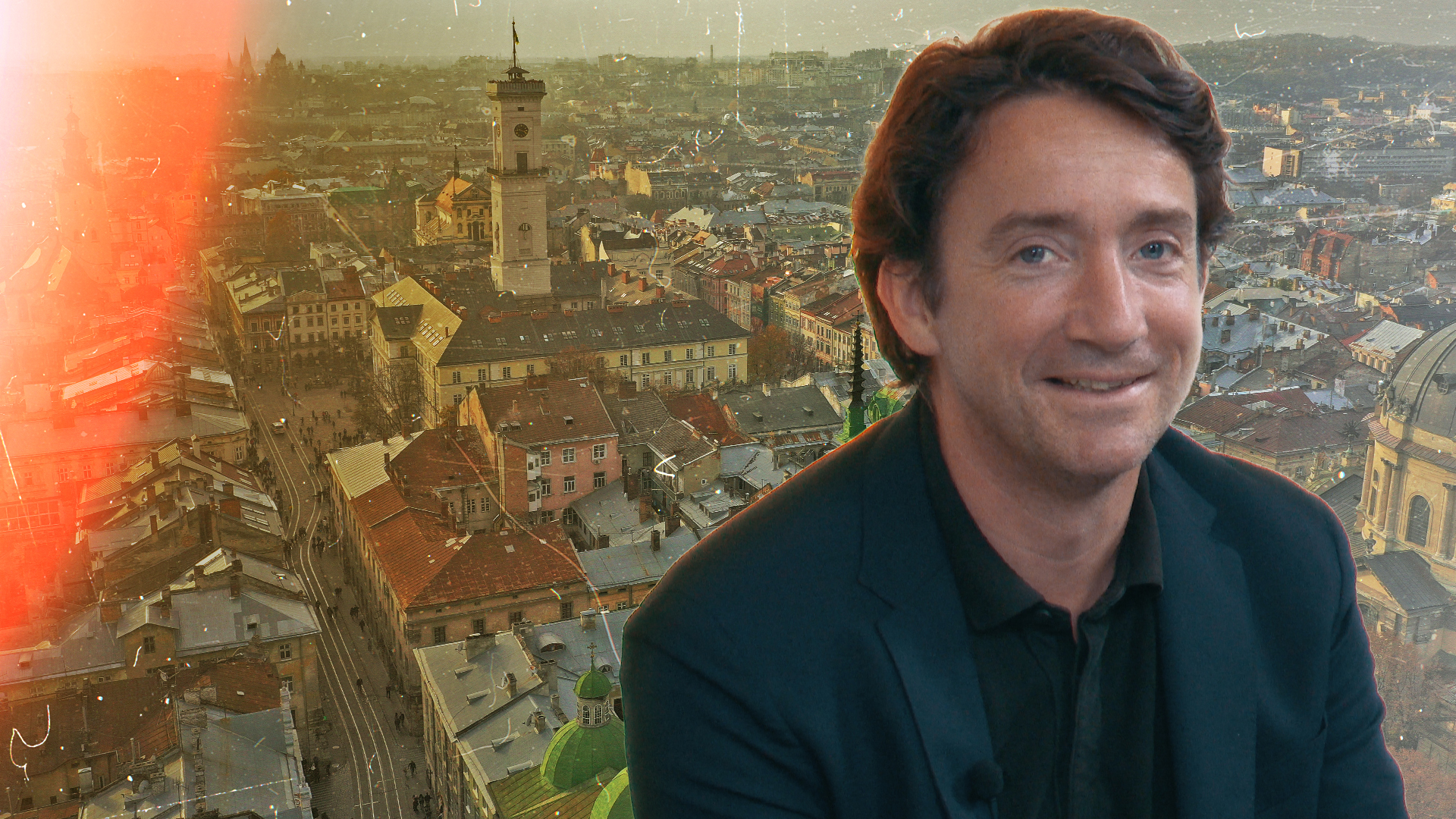
This is our second conversation with Martin Duplantier. In our first discussion, we touched on France’s post-war reconstruction mistakes, housing for displaced people, and the needs of Kyiv and Bucha.
This time, Martin came to the Lviv Urban Forum, an international event focused on rethinking the principles of restoration and development for Ukrainian cities and villages. At our request, the French architect also analyzed the reconstruction of one of Lviv’s streets.
Q: You came here this time for an Urban Forum in Lviv, where there were many discussions about the future of the cities and also the rebuilding of Ukraine. What are your main conclusions so far and your impressions?
First, I want to thank all the organizers of the Urban Forum in Lviv. It was a great success, with about 700 people attending, speakers from all over Europe of high quality, and a lot of very interesting and relevant discussions. Most of the speakers had already been involved in various projects in Ukraine, which made their contributions concrete and highly complementary. The conclusions drawn from these discussions were significant.
The first conclusion is that there should be a second session next year. That’s what I told your mayor, and he seemed to agree, so hopefully, he’s going to confirm that. The second conclusion is that there’s a lot to do in the future. We are well aware of this, and we need to train, prepare, and anticipate as much as we can for the big task of transforming and reconstructing the country.
What are the main trends today in terms of building future cities? Everyone says we have not just to rebuild what was there before, but instead to create something much better, something astonishing.
I would say that there is a big opportunity to transform Ukrainian cities into something more Ukrainian with a strong local identity, to build much better than what it was. However, there are opportunities and threats. When we look back at history, reconstruction periods have always generated the worst and the best results in architecture. In France, for example, there are grands ensembles (large housing projects – Lviv Now) that we started to build in the 1950s during postwar reconstruction. We are still trying to either demolish or repair them because we did not do them properly at that time.
We have to be aware of the errors that the Soviets made after 1945, and we have to reconnect Ukrainian cities with their territory, geography, culture, and identity. It is a great opportunity to unite people, citizens, designers, mayors, stakeholders, companies, private companies, public sector, and everyone around this idea of making a better Ukrainian city.
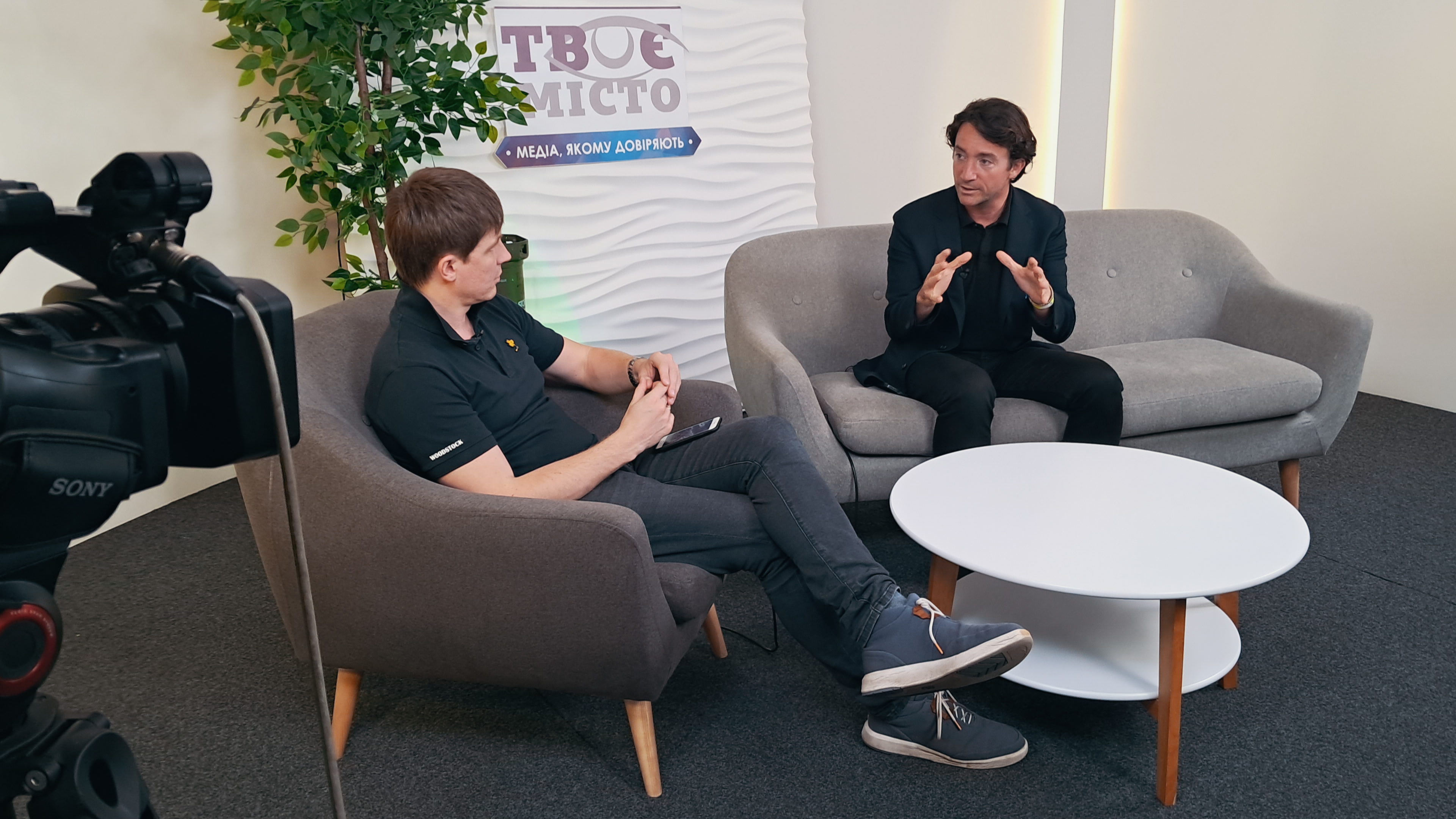
What do you mean by the local identity: the city, regional identity or Ukrainian identity in general?
I mean both. The Soviet Union rebuilt cities in the same standard way from Vladivostok to Lviv, from Murmansk to Odesa, and without any regard to the place, the climate, the needs, etc, so that reconstruction generated a standard city. Ukraine is fighting not only for its freedom and existence, but also for its own culture. I think you have different great cities and villages in this country. It would be very nice to redevelop or transform these cities according to their own identity within Ukrainian culture. You can achieve sustainability by using local resources, you can create jobs and gain a competitive advantage for Ukraine because what Ukraine is facing at the moment is just the acceleration and concentration of all the crises that Europe will face step by step. If you manage to transform your country in this sustainable way, according to this long-term vision, then you will be the avant-garde of Europe. You will sell your know-how and expertise to France, Germany, and Scandinavia. So let’s do it. You have everything in your hands.
Great. But it means that we all, the national government, local governments, architects, and developers, have to sit all together and think about it.
Exactly, and that’s what we are trying to do, to assist by bringing sustainable technologies. The Forum participants, for example, from France, the Czech Republic, Norway offer sustainable technologies to rebuild the country to architects, developers, and the public sector. They are available at the same price or even cheaper than the standard polluting technologies. That is a long-term vision. If you do it quickly in a bad way, then you will correct mistakes for decades like we have been doing after the reconstruction. So, there must be a vision and a clear strategy up from the central government down to the local authorities to make this leap in terms of technologies.
Thank you! Martin, let’s talk now about Lviv. It is an entry point for the Western world to Ukraine. It is an important logistical and humanitarian hub, and the city has around a million people right now living here. What have you seen so far in the city coming here a few times already? What does the city need to become an avant-garde relatively to other European cities, even Western European ones?
I would like to say that Lviv is a purely European city, so there are no contradictions or lessons from other European cities’ urban fabric to learn. It is already here. However, the city is at a tipping point after 70 years of some kind of cul-de-sac (dead end – Lviv Now) because your connection to the Europe was not so strong then. Now you are transforming this region into the new gate of the country.
There are also IDPs, rehabilitation centers for soldiers, Ukrainian tech companies which are very dynamic here. You need infrastructure to support that. You need to review the traffic scheme. That’s already a lot of work, but if it were only this, that would be too easy.
In terms of collective mobility Lviv needs trains, stations, not only a tram, but probably something else, bike lanes. You will need a network of bike lanes everywhere. However, mobility also means accessibility. The same applies to the city center which I love, with the stone pavements, etc. For the wounded people that would like to come and visit it, it is not accessible. You have to think how to make it accessible for everyone, e.g. for wheelchairs.
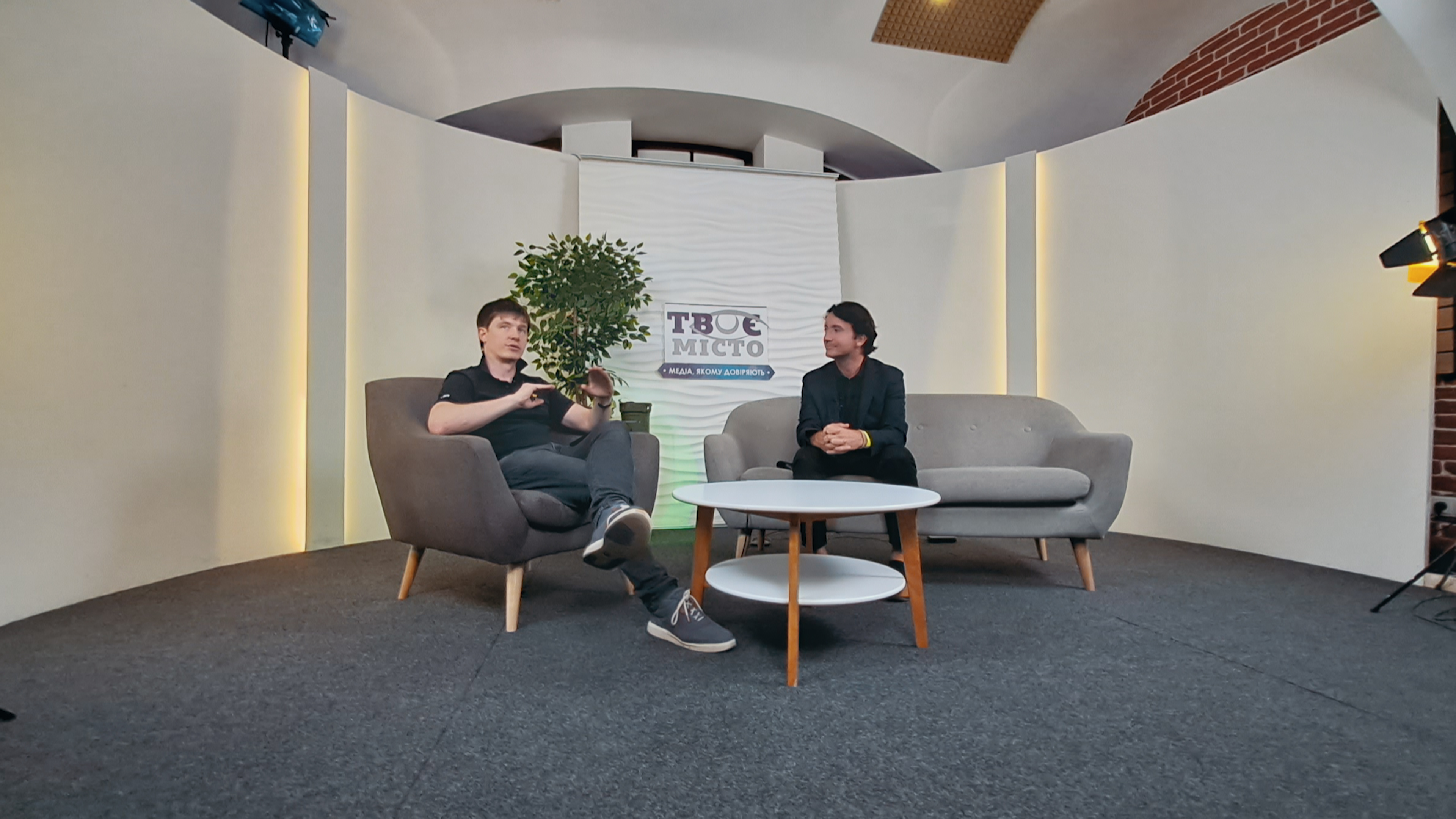
You will also have to build housing, renovate the brownfields, define the city boundaries. Once you have the boundaries, you know where your ‘playground’ is and where you can densify infrastructure based on your new scheme. You will also need to find a place for nature and greenery which is a very strong ally in a fight with climate change. This is crucial, and a city like Lviv has already very good ‘DNA’. You have a lot of greenery, but you need to stop cutting it. You can cut down a tree only if it causes problems for underground networks or is about to fall. These situations can always be excuses to cut it down. And it would be interesting to see if Lviv would be able to develop a scheme to protect trees, put them on a map, and list all trees that cannot be cut down. And if such tree is cut down, the violator will get a fine, or the cut down tree will be replaced with ten trees in some trade-off. It is important not to freeze everything, but to make sure that the quality of nature in the city remains the same. If you put more people in the city and keep cutting down the trees, the city will be unlivable.
Let’s talk about one example. We have here Shevchenka Street which goes from the center to the edge of the city, and this street we renovated not long time ago. There are not many trees now. There were trees, but we cut them down due to different reasons that you already mentioned here. What is your opinion of this street and could it be done differently?
I would like to say that I have not been there, and it is always easy to criticize. The good thing is that there is a new bike lane, so that’s a good point. There is public transport lane. It is also a good point. Probably, grass instead of stone or asphalt could be planted on the tram lane. Again, it is a way to refresh the city and fight climate change by having as much natural soil as possible. Of course, we could have made it better, but that means another scheme for public transport. It is hard to judge this on this project because the tram lane does not seem to go all the way down the street. It is only partly present. In general, the more trees we plant, the better. The more trees we keep, the better. I would encourage the city before cutting down any tree to make a real inspection of the tree to see if it is possible to keep it or not. You could perhaps introduce a system of tree cutting permits. One would have to ask for a cutting permit to prove he/she has the right or the obligation to cut down the tree. Let’s try to innovate, as I believe that Ukrainian cities can serve as models for European ones. We should experiment with new strategies.
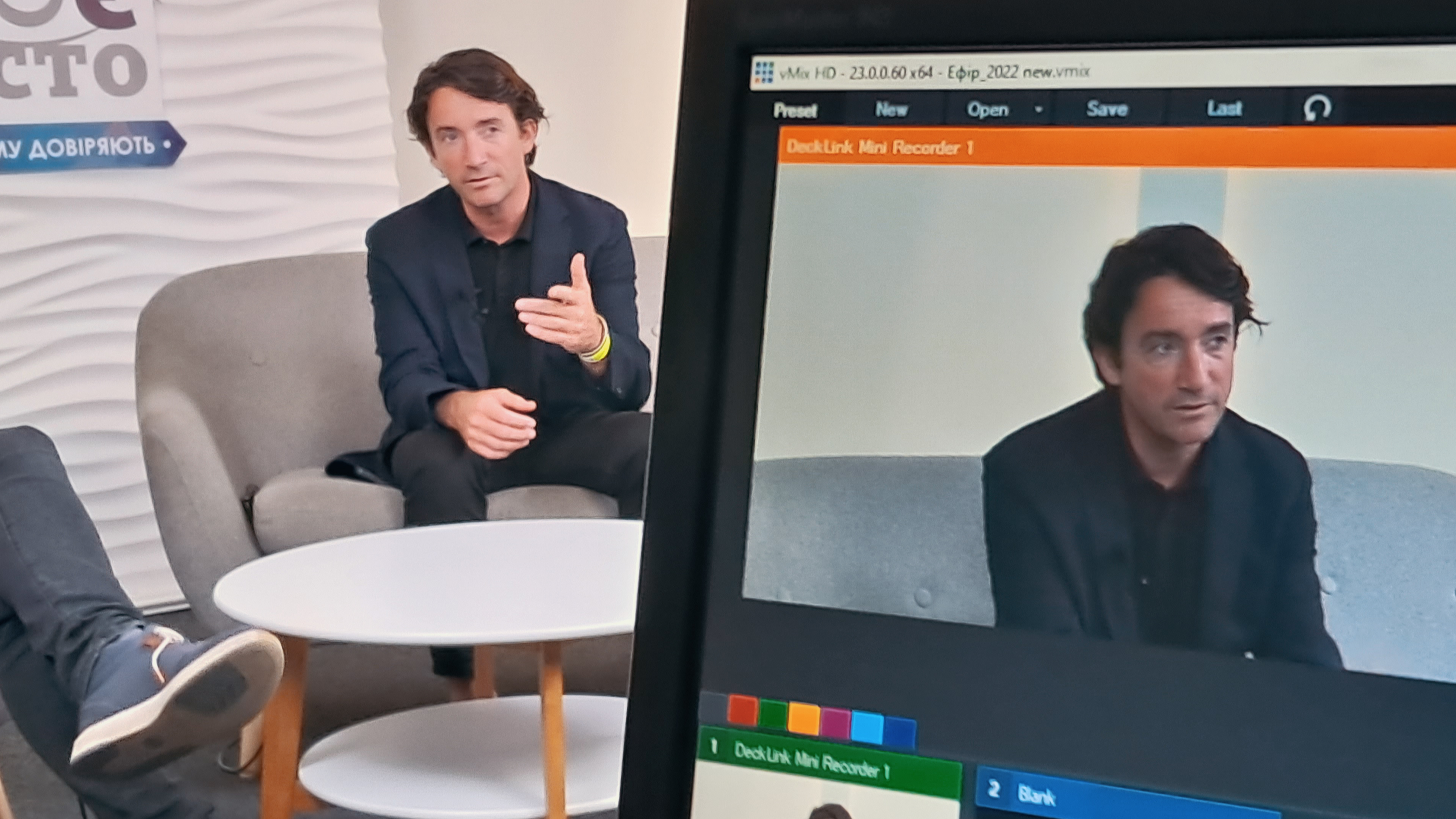
It means that the trees have to be a priority. There has to be some audit, and we need to count all of them.
You have to count them! It is very easily done by AI, from the satellite. We have the technology to do so in a very quick and cheap way. Of course, to issue the cutting permit, you will need to hold a tree health inspection. It is also very doable, and if one wants to get the permit, he/she will have to pay a little bit for it. That’s the first step – not to cut a tree for nothing.
It will be also cheaper than cutting a tree because you lose such a big value.
Yes, exactly.
And a tree is an urban value. Under a tree, in the same weather conditions, such as during a heatwave of 40 or 42 degrees, the ground temperature can be 27 degrees, compared to 42 degrees on the adjacent asphalt. As you can see, the climatic difference that a tree creates is enormous, so let’s protect them.
You spoke about grass between the rail tracks. Will it make any significant change?
In Bordeaux, the mayor built new tram lines about 10-15 years ago, and all the new lines are planted with grass. It completely transforms the quality of public space. It provides fresh air to your eyes and your skin. It is much, much better.
What else could the city do in terms of climate change adaptation, besides preserving and planting more trees and increasing green spaces?
There are many things that a city could do to address climate change. The first is to reduce its energy consumption. This entails implementing a consumption plan for public buildings and transportation to lower overall energy usage, as transport and heating of houses are the main contributors to energy consumption. Then the city has to create the green layer, all around the city, to give access to a park within 300 meters from every flat. It is what the World Health Organization asks every city to do on Earth. The general rule is to ensure that each apartment can have a view of three trees from its windows, to have at least 30% of natural soil on the property, and to have a park located within a maximum distance of 300 meters from your doorstep. It is impossible in the city center, but at least you have the promenade with the Opera House. And you have some parks around. So Lviv has a very human and nice scale, and it is essential to focus on the city’s extension in a manner that preserves this scale.
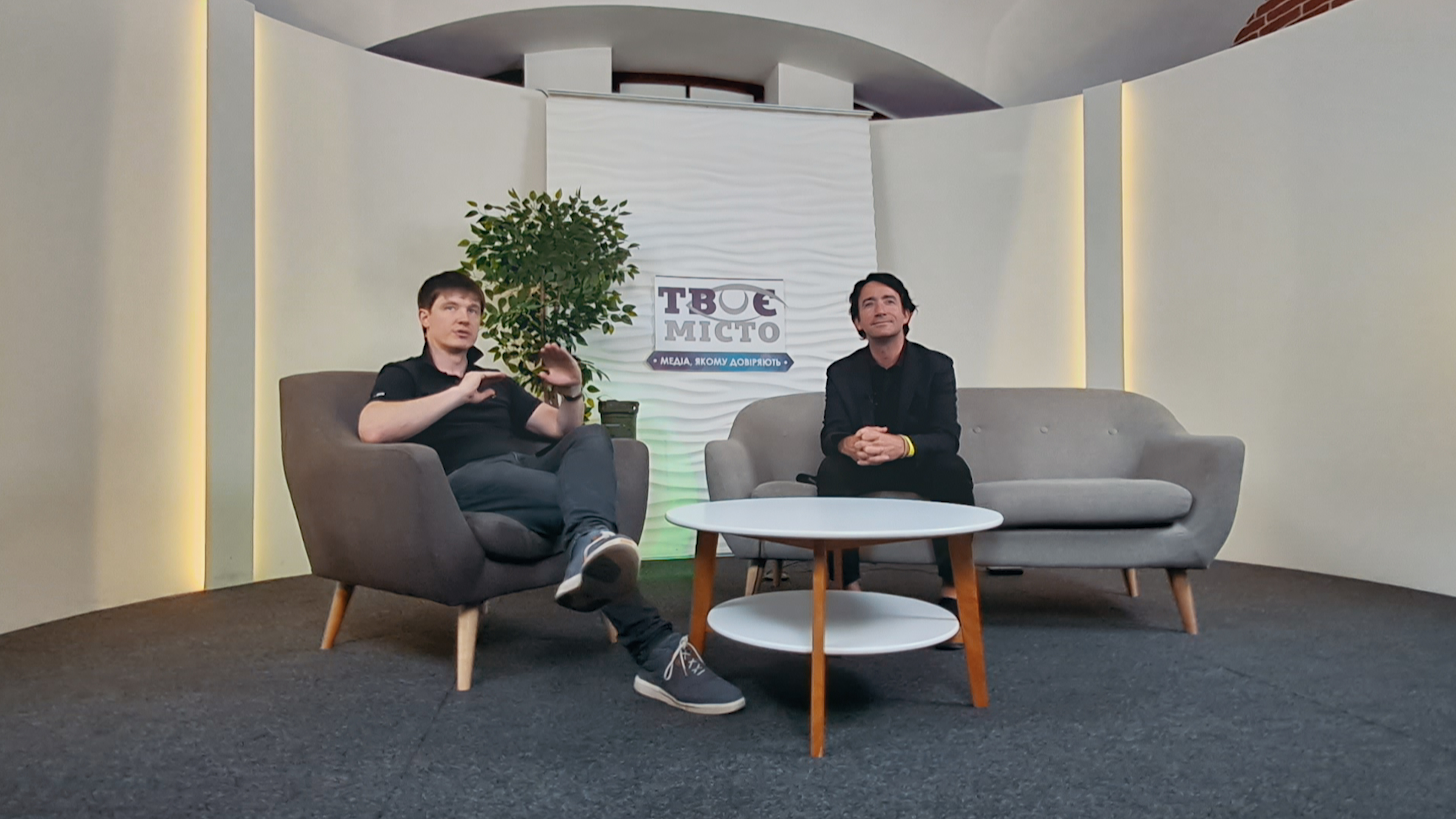
When we talk about climate change, we also talk about what everyone in this city would need when there is a heatwave or when there is a storm. The qualities of the city centers should be replicated or achieved at the same level in every single micro-district or district of the city. This includes providing access to nature and services, following the concept of «the 15-minute city,» which was developed by Carlos Moreno in Paris. It should probably be one of the key elements of the strategy for Lviv in the coming years. Not to mention the role of the city as a logistic hub and a new gateway for the entire country, if we work on optimizing the train traffic scheme, it can also become a model for transportation within the entire continent. In France and Germany, most goods are transported by trucks. I am from the southwest of France, and we witness lines and lines of trucks traveling from the north to the south of Europe every day. It seems quite absurd. We have well-established railway lines that could accommodate these trucks and transport them efficiently from the north to the south. However, we do not utilize this option, possibly due to lobbying interests. It might be seen as more flexible to rely on trucks rather than trains, but there could be issues with the national train systems as well. Nevertheless, if we can successfully implement this approach in Ukraine, it would serve as a great example for the entire continent.
That’s a very interesting point because, from what I know, the Ukrainian Railways make profit from goods transportation rather than passenger services. This could potentially make it a good experiment to explore. But does it mean that, when thinking about the future of Lviv, let’s say Lviv in 2030 or Lviv in 2040, we have to consider not only the city itself and its boundaries but also its connections to other regions and countries?
It should be connected not only to other big cities and the larger European landscape but also to the surrounding villages and hinterland, which comprises the beautiful and rich countryside. If Lviv becomes highly attractive, there is a threat that the small villages may decline or lose their appeal. This is because few cities transform into metropolises, and sometimes smaller towns and villages are forgotten or neglected. And we saw that during COVID-19. We realized the importance of balance. There needs to be a harmony between big cities and smaller villages and cities. By connecting all of them, we can protect and preserve their unique qualities.
What about the water in terms of climate change? I remember we had this conversation at Canary Wharf in London when we met at the Ukraine Recovery Conference. Lviv had, in its history, not a big river, but a nice one, right in the center where now you can see the Opera House and the main avenue, Freedom Avenue. And now it’s underground, hidden, and closed. There have been various ideas regarding water in recent years. One of the ideas was to reopen the river, and another idea was to create new, larger ponds in Lviv. What are your thoughts about it?
Many cities have undertaken the task of recovering and reopening their underground rivers, but only a few have successfully accomplished it. It is indeed possible, albeit a long process. Having water on the surface offers several advantages, including the creation of different biotopes, promoting greater biodiversity within the city, and helping to cool down surrounding areas.
In Western Europe, it has now become mandatory for developers to ensure a certain level of water infiltration in every plot they build. This involves the construction of what we call an «open pond», which acts as a dry pond and only fills with water during rainfall. It is a topographic low that holds water when there’s an excess and gradually releases it afterward. With water shortages becoming more prevalent in Ukraine, it becomes crucial to ensure that the water cycle is well respected, allowing water to be absorbed by the ground rather than directed solely into the ducts.
That would be a great idea for Lviv, where it rains so often.
Yes, exactly. And it can be really beautiful. It can be very poetic. You have ponds, places that fill in with water. Then the water disappears, and that all is also an ingredient for design, atmosphere, and experience.
Thank you so much for all of your ideas, and is there anything else you think Lviv should be considering to become the best city in the world?
You have a great chance to be at the forefront, not on the front line, but at the forefront of the new Ukraine. So you have this role model and responsibility to show other Ukrainian cities the way and the opportunity to come closer to Europe. As a result, you will naturally attract a lot more investments. You have to use that as leverage to transform the city in a positive way and serve as an example for the entire country. So, I would congratulate you on this forum because it reflects a very positive outlook, and we are very enthusiastic about it.
We discussed temporary housing blocks in Lviv a year ago and concluded that it might not be the best idea to place them in one location, considering integration and economic issues. Now, you can see the new developments at the same location. What do you think about it? Should we still build more temporary housing blocks as «ghettos,» or should we approach this issue differently?
Of course, we should approach it differently. In my previous role as the administrator of a foundation called Emergency Architects (Architectes de l’urgence), we worked all around the globe after crises, wars, or natural disasters. Our motto was «Never temporary» because in reality, what is considered temporary often becomes permanent. For instance, if we look at Georgia after the war with Russia, they built some temporary villages that are still standing 14 years later. So that is the first argument.
The second argument is that my friend in Kyiv is building houses at a cheaper price than the prefabricated cubes you bring from Poland. These houses are constructed using natural materials, specifically timber, and provide much better quality for the inhabitants. Therefore, these temporary housing blocks lack quality, affordability, and sustainability. The question arises: what do you do afterward? When the people leave, what will happen to these temporary structures? They will likely become garbage tomorrow, aggravating waste and environmental concerns.
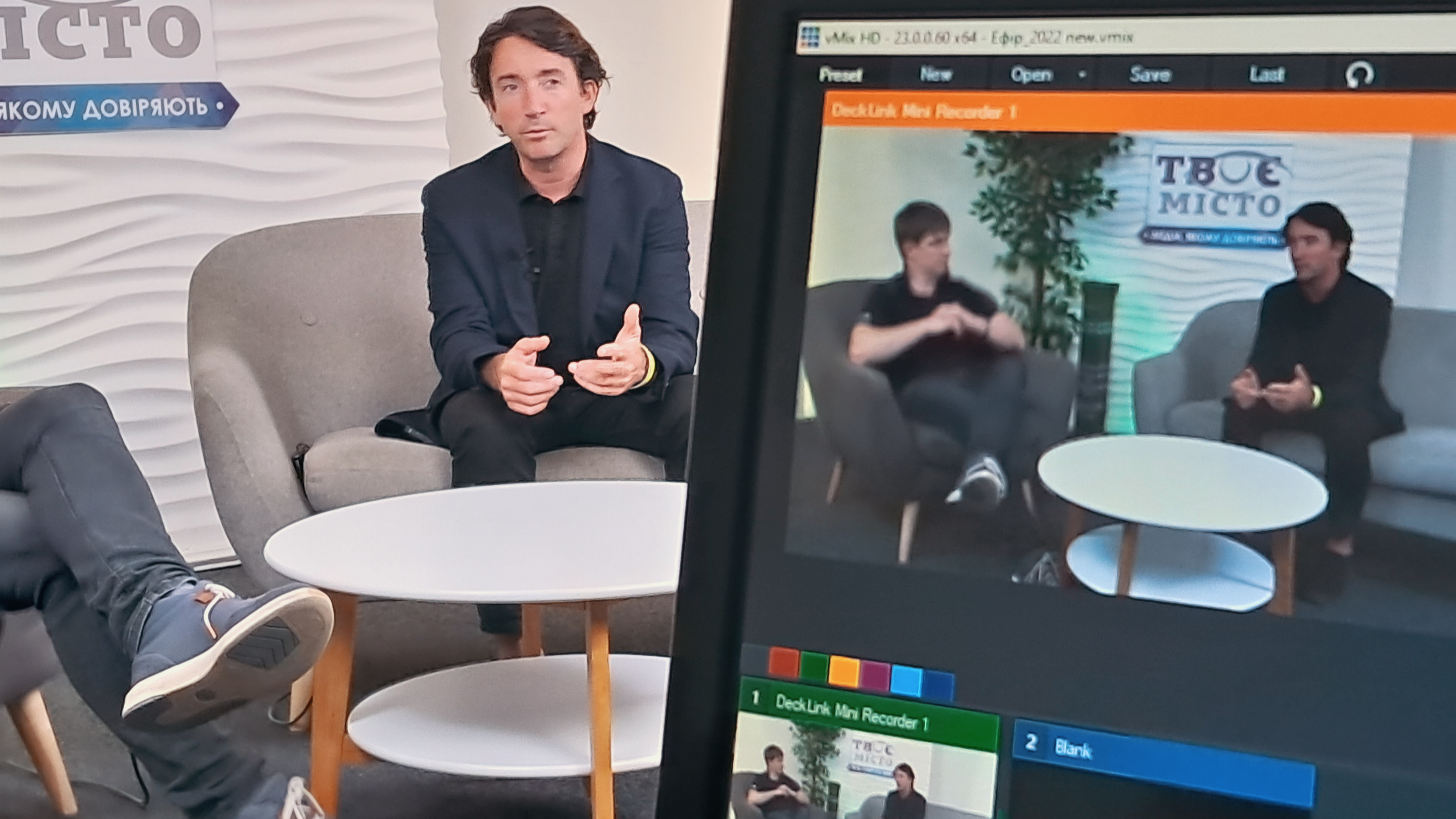
So we cannot fill the city of tomorrow with such garbage.
Exactly! They will create waste since they are not even recyclable. This poses a major global problem, in my opinion. We need to find strategies to build new neighborhoods quickly, but in a good way, utilizing local resources and sustainable practices.
Martin, thank you for this conversation, and see you again next time.
Thanks a lot.
Follow us on Facebook and Instagram. Lviv Now is an English-language website for Lviv, Ukraine’s «tech-friendly cultural hub». It is produced by Tvoe Misto («Your City») media hub, which hosts regular problem-solving public forums to benefit the city and its people.












